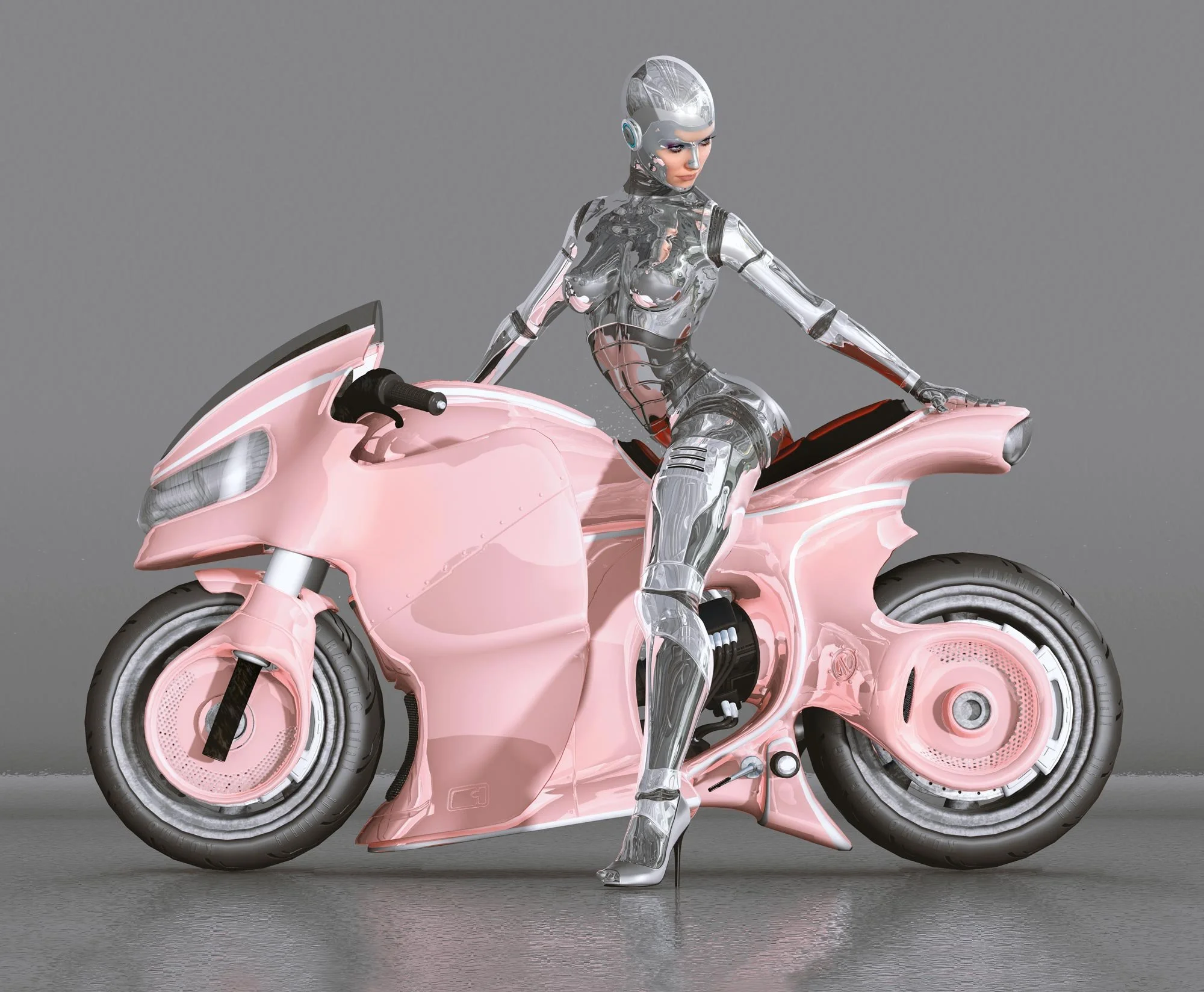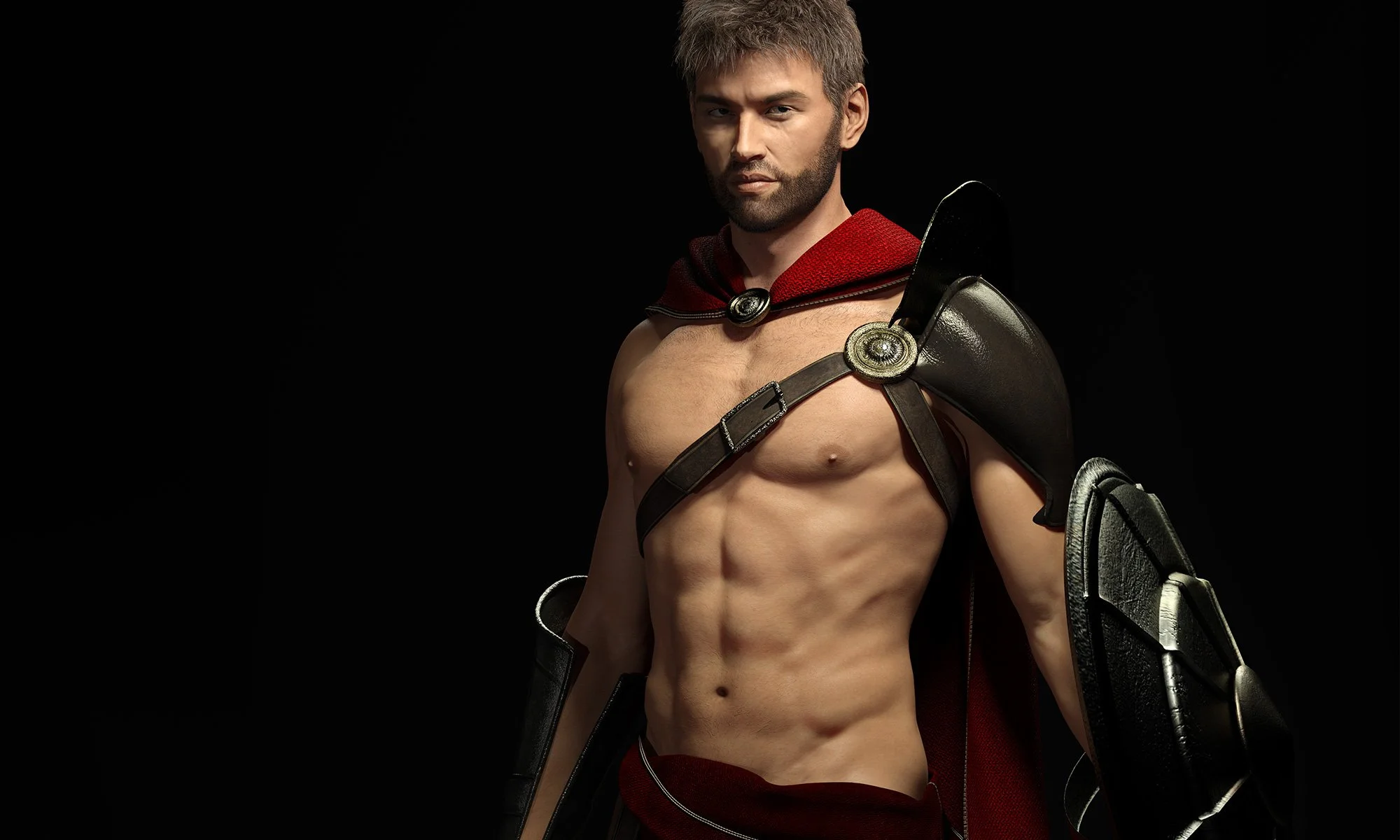Shelley Lake is an acclaimed American digital artist, photographer, and innovator at the intersection of science, art, and technology. Recognized as a trailblazer in simulation-based new media art, her work often evokes science fiction imagery through choreographed digital scenes, blending photorealistic simulations with conceptual depth. Lake's career spans over five decades, marked by groundbreaking contributions to computer animation, fine art exhibitions, and digital restoration. Her artworks, such as Superman (2015) and Escape Artist (2020), explore themes of heroism, identity, and healing, drawing from personal experiences with loss and resilience.

Born in 1954, Lake grew up in an environment that sparked her dual interests in visual arts and technology. She earned a Bachelor of Fine Arts (BFA) from the Rhode Island School of Design (RISD) in 1976, where she honed her foundational skills in fine arts. Her fascination with computing began shortly thereafter, as a computer science major at Brown University. In 1979, she obtained a Master of Science (MS) from the Massachusetts Institute of Technology (MIT), becoming the first female graduate of the Architecture Machine Group—now renowned as the MIT Media Lab. There, she studied under pioneers like Nicholas Negroponte and Harold Edgerton, who shaped her approach to fusing art with emerging technologies.
Lake's interdisciplinary pursuits continued later in life. She completed a Doctor of Chiropractic (DC) degree from Cleveland Chiropractic College, reflecting her interest in healing arts, and a Master of Fine Arts (MFA) from the School of Visual Arts in New York City, emphasizing holistic and global perspectives on contemporary art.
Lake's artwork has been exhibited worldwide, from the Orlando Museum of Art to Times Square's Jumbotron (via HMVC in 2024) and galleries like Aldo Castillo Gallery. Her pieces are held in collections including Albertson International and Apple Computer. Recent reviews, such as in Momus (2025) and Inside Artists (2018), praise her as a "healing artist" whose work redefines contemporary expression through technology.
She is widely regarded as one of the very few women who broke into the highest levels of 1980’s computer graphics — an era overwhelmingly dominated by men — and as the artist who helped prove that computer generated imagery could be a legitimate fine-art medium, not just a technical or effects tool. Some of her early computer generated images are considered historic milestones and appear in museum collections and CGI history books alongside works by the New York Institute of Technology, the Cornell Program of Computer Graphics, and early Pixar artists.
Today, based in Los Angeles, Lake continues to innovate via her websites ShelleyLake.com and Sky Lake Studios, mentoring emerging artists while producing thought-provoking works that challenge perceptions of reality in the digital age. Her multifaceted career—as artist, technician, healer, and entrepreneur—embodies a holistic vision of creativity unbound by medium.










